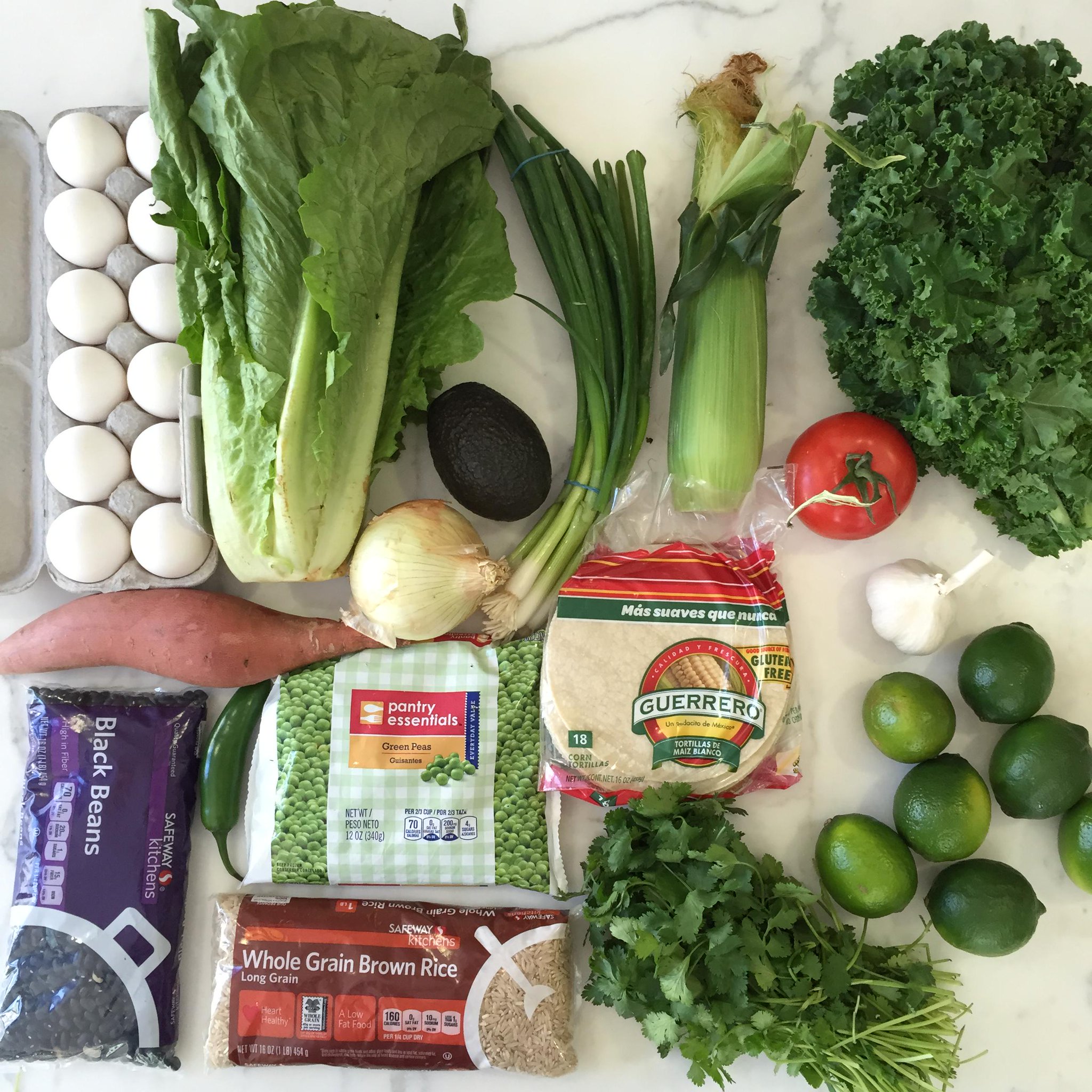The 'food stamp challenge' has been getting a lot of press recently. That's what happens when a celebrity signs up for such a trial, and even moreso when there is something for people to critique. While the word on the street is that Gwyneth Paltrow tried and failed, the commentaries surfacing are likely to make more impact than finishing off the week of frugal living ever could. Attempting to mimic the constraints placed on the 46 million Americans enrolled in the Supplemental Nutrition Assistance Programme (SNAP), the Food Stamp Challenge allows for approximately $4 per day per person to purchase food from grocery stores and farmers markets. The actual amount any household would receive in actuality varies by income, location, and household size, and may or may not constitute the sum total of cash available for subsistence.
 |
| Gwyneth Paltrow's week on $29 |
But let's get back to Gwyneth. The first major critique was that no person on food stamps, in his or her right mind, would make such purchases in order to maximize the dollars in hand (my favourite quote: "Really, when you're eating on a budget, who prioritizes limes?"). Greens may be full of vitamins and minerals, but calories they are not. But let's say these verdant victuals are on the grocery list, the question of where to obtain them still remains. The low income that qualifies someone for SNAP often coincides with residence in less attractive lieus, perhaps 'food deserts' where processed and package foods at convenience shops dominate. Farmers markets and gardens are two ways communities and organizations are trying to combat this issue of access in food deserts, such as in East Palo Alto.
People on food support programmes also may struggle with how to allocate their other funds -
to food, shelter, clothing, etc. - as SNAP is meant to support families with
their food needs, not feed them in entirety. This is a tradeoff that someone following the challenge wouldn't confront, but leads people to be ill-equipped to provide healthful and adequate nourishment on a budget.
Another article raised similar issues about the suite of other difficulties faced by those living at a level in which food stamps are necessary. This is a risk any of these simplified fundraising efforts run, and people will assume that the problem is thus as simple, that the hardship of poor access to adequate or healthy food is the long and the short rather than one among many symptoms of a larger issue. In developing countries, poor infrastructure, insufficient sanitation and healthcare, and limited educational opportunities are more likely causes of the leading causes of death (e.g. HIV/AID, diarrheal ailments, etc.). Particularly since today is Earth Day, it's important to recognize that more deaths and much reduction in quality of life are in fact caused by pollution and environmental degradation. At the heart of all of these issues seems to be poverty and marginalization - an inaccessibility of resources, neglect by government programmes, and an absence of voice and power to actually catalyze change. Climate change, which is this year's Earth Day theme, is an added layer that merely exacerbates these social and environmental inequities.
However, the component parts of hunger are often glossed over for catchy phrases and simple campaigns. If Gwyneth Paltrow blogging about the Food Stamp Challenge or Hugh Jackman discussing Living Below the Line on video gets the discussion moving, then so be it! I did write about the limitations of the Live Below the Line Challenge the first year I decided to try it, so check that out. And if you want to compare what Gwyneth did on $4 per day to my $1.50/£1, here are my past three years of Living Below the Line:
 |
| Live Below the Line - 2012 |
 |
| Live Below the Line - 2013 |
 |
| Live Below the Line - 2014 |
1 comment:
I think you'd make a better spokeperson than Gwenyth. But you'd have to get famous fast:).
Post a Comment